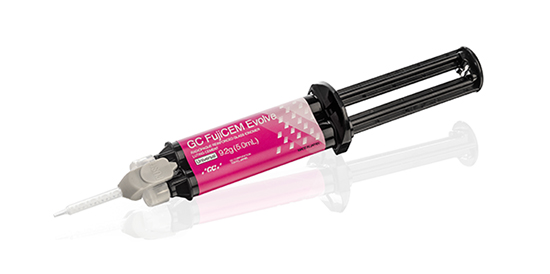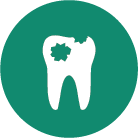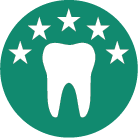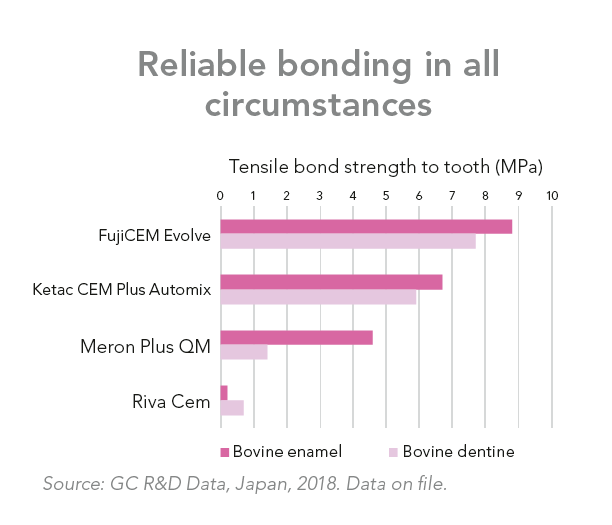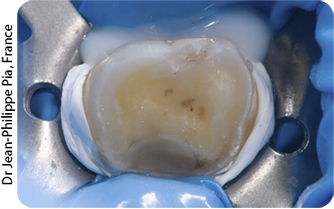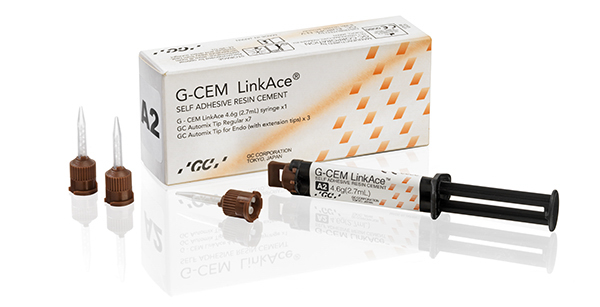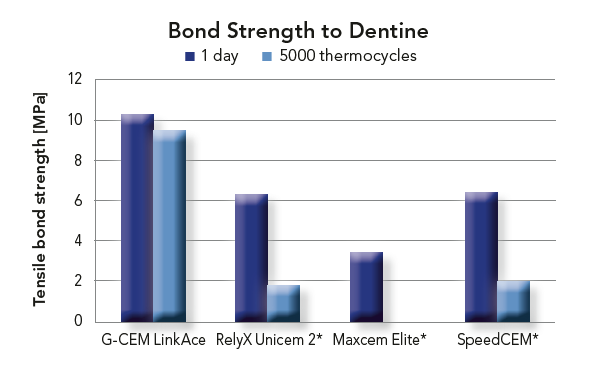Should you cement or should you bond?
The answer is not clear-cut, as it depends on the clinical situation. Cementation with a glass ionomer-based resin cement – like FujiCEM Evolve – or with a self-adhesive composite resin cement – like G-CEM ONE – each has its own merit. Read further to investigate the important criteria through case studies – after all, the choice between cementation and bonding can make all the difference!


